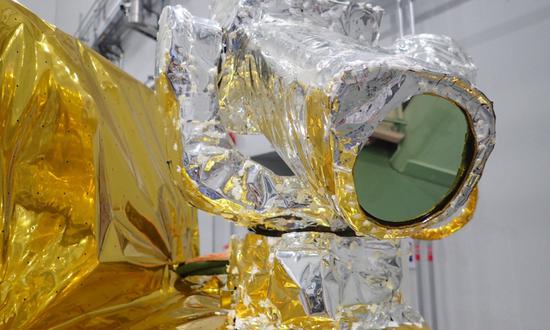
Weihai-1 laser-based communication payload (Photo/Courtesy of 2nd Academy of the ASIC)
China's Weihai-1 laser-based communication payloads that were successfully sent to preset orbit on February 3, will soon carry out inter-satellite and satellite-ground technology convergence experiment in order to realize real-time transmission of maritime remote sensing data and fishing vessel monitoring data, China's state-owned China Aerospace Science and Industry Corp (CASIC,) a major space contractor, revealed on Sunday.
Song Xiaoming, a member of the 14th National Committee of the Chinese People's Political Consultative Conference and the head of the Second Academy of CASIC, told the Global Times on Sunday that the Weihai-1 laser-based communication payload has successfully undergone the satellite-ground communication technology verification, laying ground for new experiment works.
The payloads, developed by the 25th Institute under the Second Academy of CASIC together with the Harbin Institute of Technology's Weihai Campus, were onboard the Weihai-1/-2 satellites launched on February 3 atop the commercial firm China Rocket's Jielong-3 rocket.
The second session of the 14th National People's Congress (NPC), the top legislature, and the second session of the 14th National Committee of the Chinese People's Political Consultative Conference (CPPCC), the top political advisory body, will open on March 5 and 4, respectively. Collectively, they are known as two sessions.
According to Song on Sunday, just one day before the two sessions officially kick off, with the rapid development of the marine economy, China's demand for large-capacity and real-time transmission of marine data is on the rise. The Weihai-1 project is designed to assist in marine remote sensing applications, elevating the "information highway" to a "high-speed lane," Song said.
In recent years, the real-time acquisition of marine information and fishing vessel management has been a key issue restricting the development of coastal cities. The on-orbit application of the Weihai-1 laser communication terminal will provide an important breakthrough in addressing this challenge, Song noted.
The Weihai-1 laser communication payloads, relying on high-precision targeting, capture and tracking, atmospheric turbulence correction, and other technical advantages, will realize real-time transmission of large-capacity marine remote sensing data and fishing vessel monitoring data through laser "relay" by multiple satellites.
Its communication capacity can reach hundreds of times that of traditional microwave methods, equivalent to transmitting a high-definition movie in every second, successfully extending the application of laser communication to the field of marine remote sensing and management, Song explained.
The launch and on-orbit verification of the Wehai-1 marks an important exploration of the CAISC Second Academy's laser communication technology in the field of marine information applications, the CASIC lauded in a statement it provided to the Global Times.
The academy will construct a high-performance, reliable product line of inter-satellite and satellite-ground high-speed communications, contributing to the construction of a strong aerospace nation, it vowed.
While ensuring social, economic, and livelihood needs, the academy is also providing aerospace capabilities to support the joint construction of the China-proposed Belt and Road Initiative (BRI) with the power of its technology.
Over the past decade, the CASIC' Second Academy has provided various types and dozens of sets of meteorological equipment and tens of thousands of radiosondes to countries such as Pakistan and Malaysia.
It has hosted more than 30 visiting exchange groups from BRI-participating countries, organized over 50 international science and technology exchange and cooperation seminars, participated in more than 30 large-scale international meteorological commercial exhibitions, and showcased the latest comprehensive meteorological detection technologies and equipment from aerospace "integration of space, air, land, and sea," continuously strengthening meteorological cooperation with these countries, according to the CASIC.
Setting sail for another decade, the academy continues to advance the deepening and solidification of the joint construction of the BRI through international cooperation, continuously promoting the guarantee of meteorological detection equipment and data services.
In 2024, the CASIC Second Academy will implement the construction task of multiple automatic meteorological stations at Gwadar Port in Pakistan, providing meteorological services for the BRIF flagship project of China-Pakistan Economic Corridor construction.










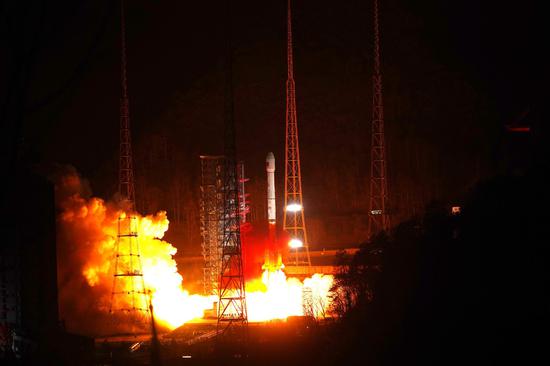

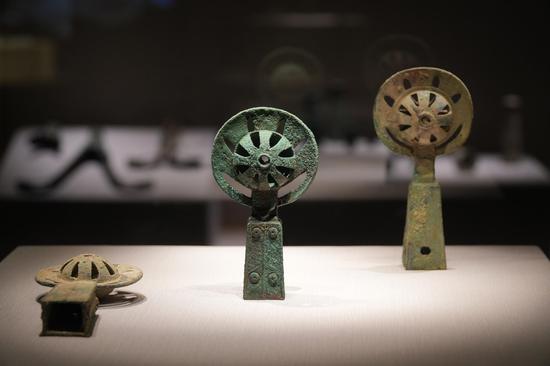





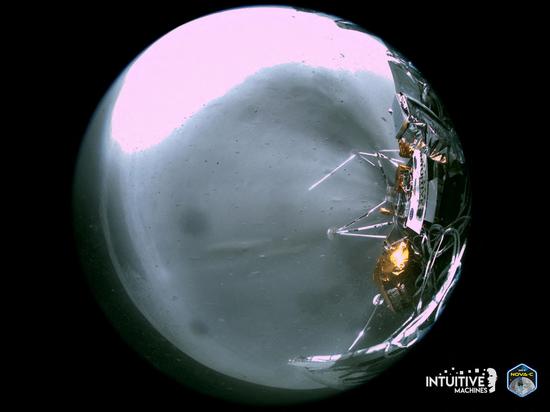





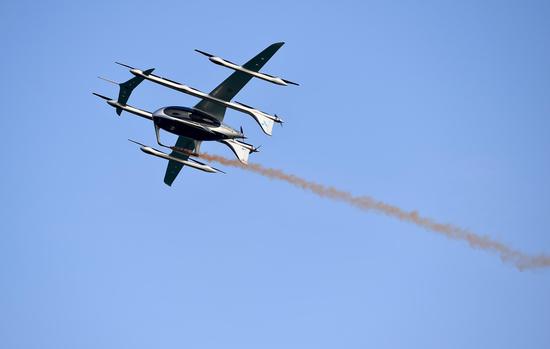

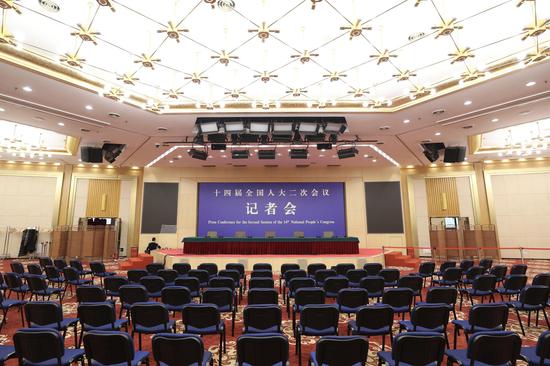

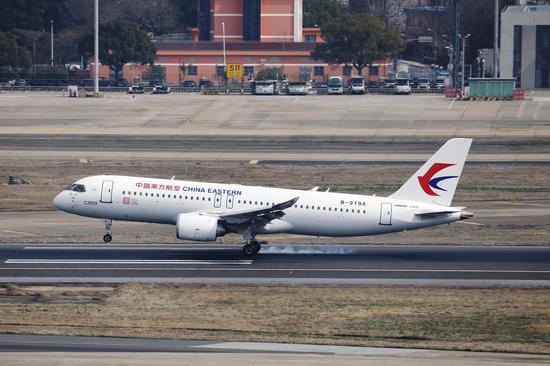
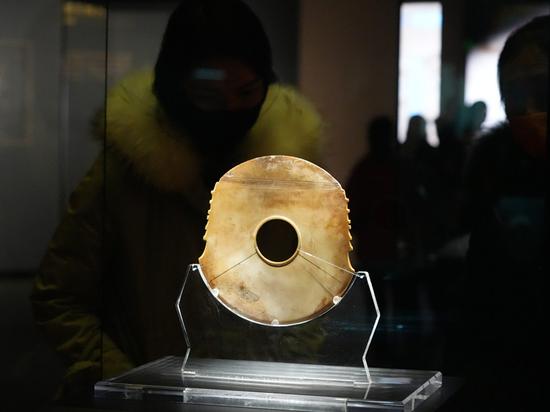



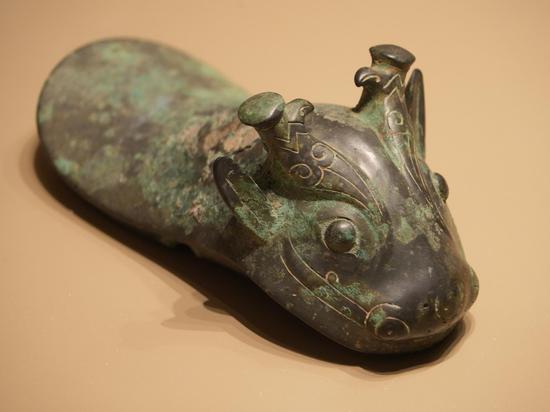





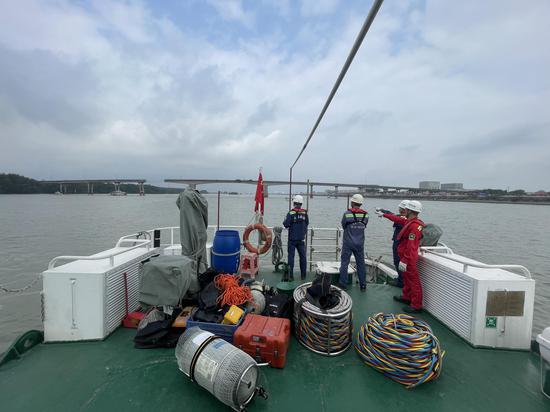








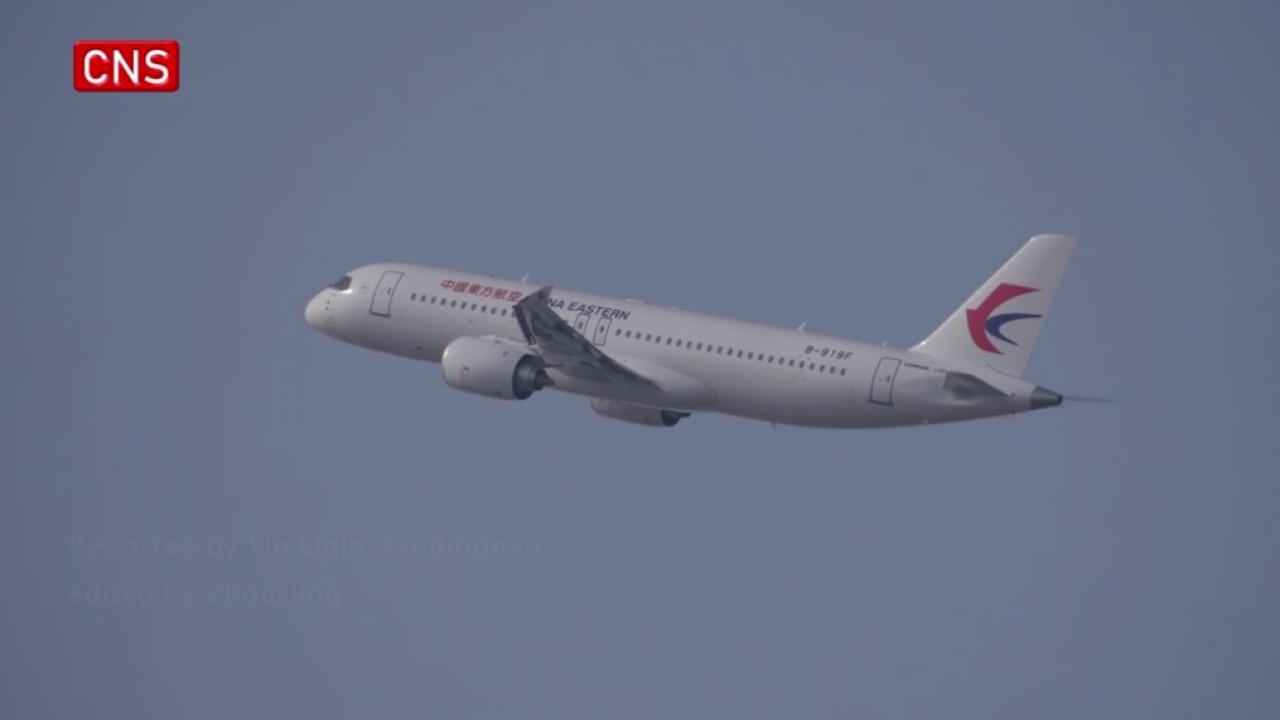

 京公网安备 11010202009201号
京公网安备 11010202009201号